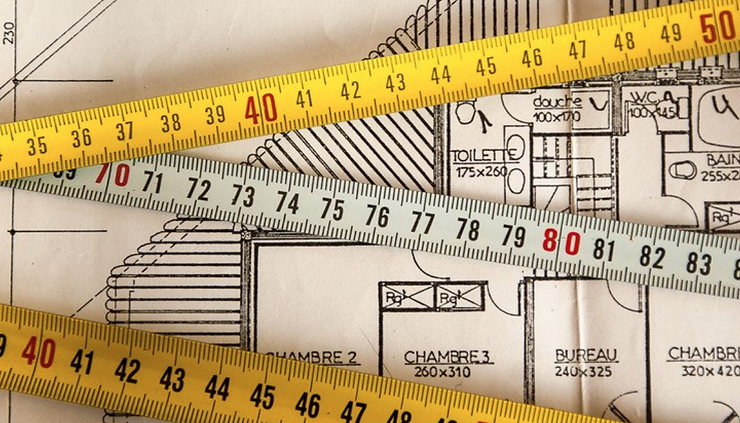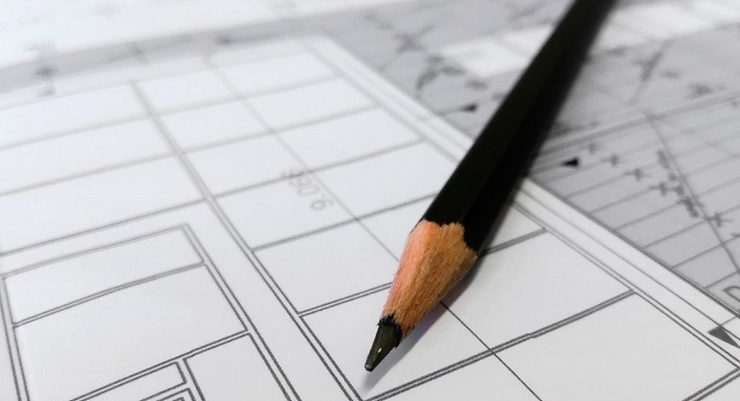The standard slope of a pipe is a quarter inch to three inches. Pipes must slope downhill to drain correctly. Proper slope calculation is essential for draining. If not sloped enough, the pipe won't drain. If sloped too much, it won't drain solids. Accurate drainage can prevent waterlogged areas in the yard or under a house, which can damage a home's foundation.
Starting the Process
Just keep in mind, digging and installing drainage pipes should be done by qualified personnel. Before getting started, it's important to locate utility lines underground. A quick call to the local utility company can cross that important aspect on the list. They will locate safe areas to dig and mark them with flags or paint. The pipes being placed shouldn't drain anywhere that can cause problems such as a neighbor's yard.

Executing Your Plan
First, a digging plan will be created by measuring and finding out where it is safe to excavate. Next, the drain line distance will need to be measured. To be accurate, one will need to know the exact length the pipe will follow. The longer the pipes route, the more prone it is to clogging. Now the pipes can be purchased. It's important to note any bends and turns the pipes take that may require special pieces. Simpler drain systems will most likely not need any unique parts.
Making Calculations

Before setting the pipe into place, use a formula to calculate the slope of the pipes and create a chart:
Multiply the length of the pipe (x) by the inches needed to slope the line (y)
This equals height difference (z) between the beginning and end of the pipe (x) ⋅ (y)=(z)
Example: If your pipe is 10 feet, and it needs to slope ½ an inch per foot, the equation would be 10 ⋅ ½ = 5 inches. This means the pipe needs to be set so there is a 5 inch difference in height between the beginning and the end.
Remember that pipe repair, installation and digging should always be left to a professional to complete.




